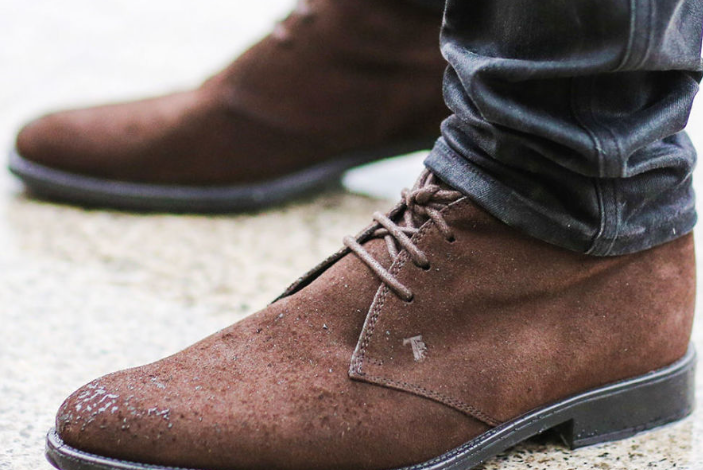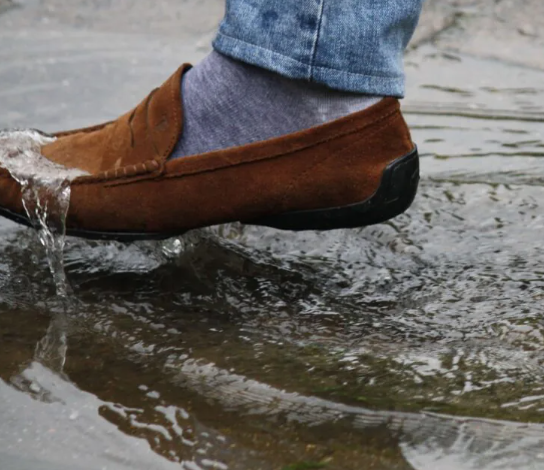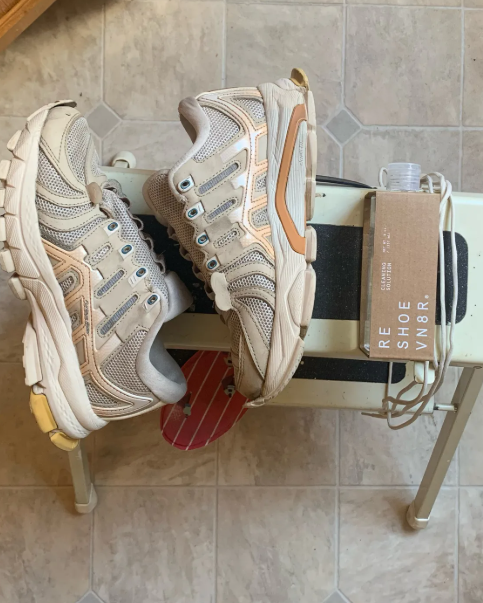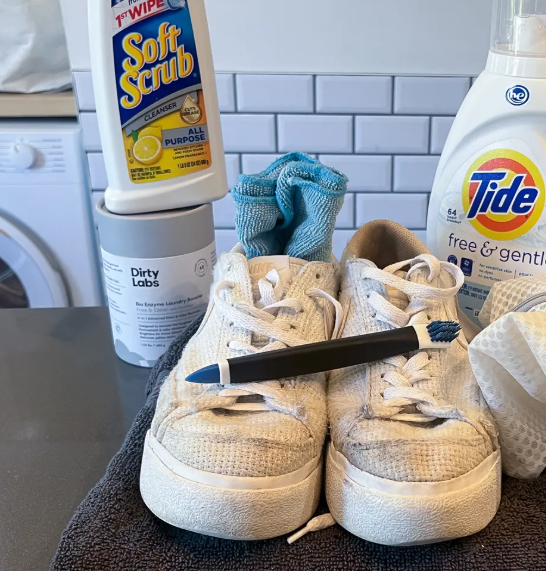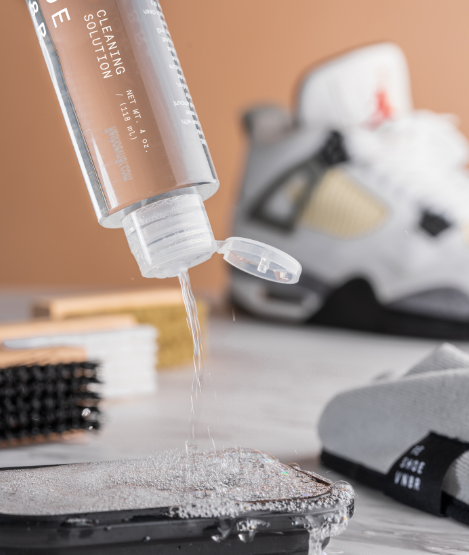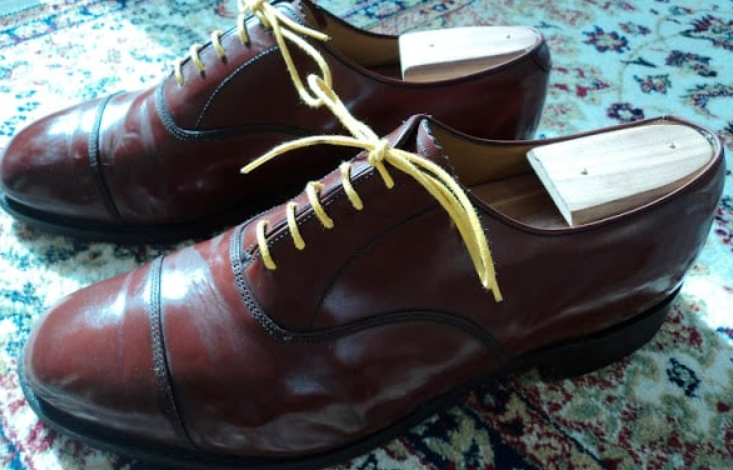
Reviving Vintage Shoes: Expert Tips for Restoration
Vintage shoes possess a unique charm and timeless appeal that sets them apart from contemporary footwear. Whether you’re a collector, a fashion enthusiast, or simply someone who appreciates classic style, restoring your vintage shoes can be both a satisfying and rewarding project. With the right tools and techniques, you can bring these cherished shoes back to life. Here’s a guide to help you start the restoration process and make your shoes look as good as new.
1. Evaluate the Condition
Before you start restoring your vintage shoes, carefully assess their overall condition. Look for visible damage such as scuffs, cracks, or fading. Pay attention to the materials used, as different types of leather, fabric, or other materials require specific restoration approaches.
2. Clean the Shoes
Start by cleaning your shoes to remove any dirt, dust, or debris that may have built up over time. Use a soft brush or cloth to gently remove surface dirt. For more delicate materials, choose a cleaner that’s gentle and designed for vintage items to avoid any damage.
3. Address Stains and Discoloration
Vintage shoes often develop stubborn stains and discoloration. To handle these issues, use a stain remover or spot treatment. Be sure to test the product on a small, inconspicuous area first to avoid any unwanted reactions. Some stains may take multiple treatments, so patience is key.
4. Condition the Leather
Leather can lose its suppleness and shine over time, but applying a quality leather conditioner can help restore its luster. This step also nourishes the leather, preventing cracking. Gently massage the conditioner into the leather and allow it to absorb fully—ideally for several hours or overnight.
5. Polish and Buff
Once conditioned, polish your shoes to enhance their appearance. Choose a shoe polish that closely matches the color of the leather and apply it evenly with a soft cloth or brush. Let the polish dry completely before buffing with a clean cloth to achieve a smooth, glossy finish.
6. Replace Worn-Out Parts
Vintage shoes often suffer from worn-out soles, damaged insoles, or broken laces. During the restoration process, replacing these parts can help improve both comfort and functionality. There are plenty of replacement options available for insoles, laces, and other components, so you can easily find the right ones for your shoes.
7. Proper Storage
Once your vintage shoes have been fully restored, store them carefully to keep them in top condition. Place them in a cool, dry area away from direct sunlight and extreme heat. To preserve their shape, consider using shoe trees or stuffing the shoes with acid-free tissue paper.

